A Simple Guide to the Tokyo Railway and Train Network
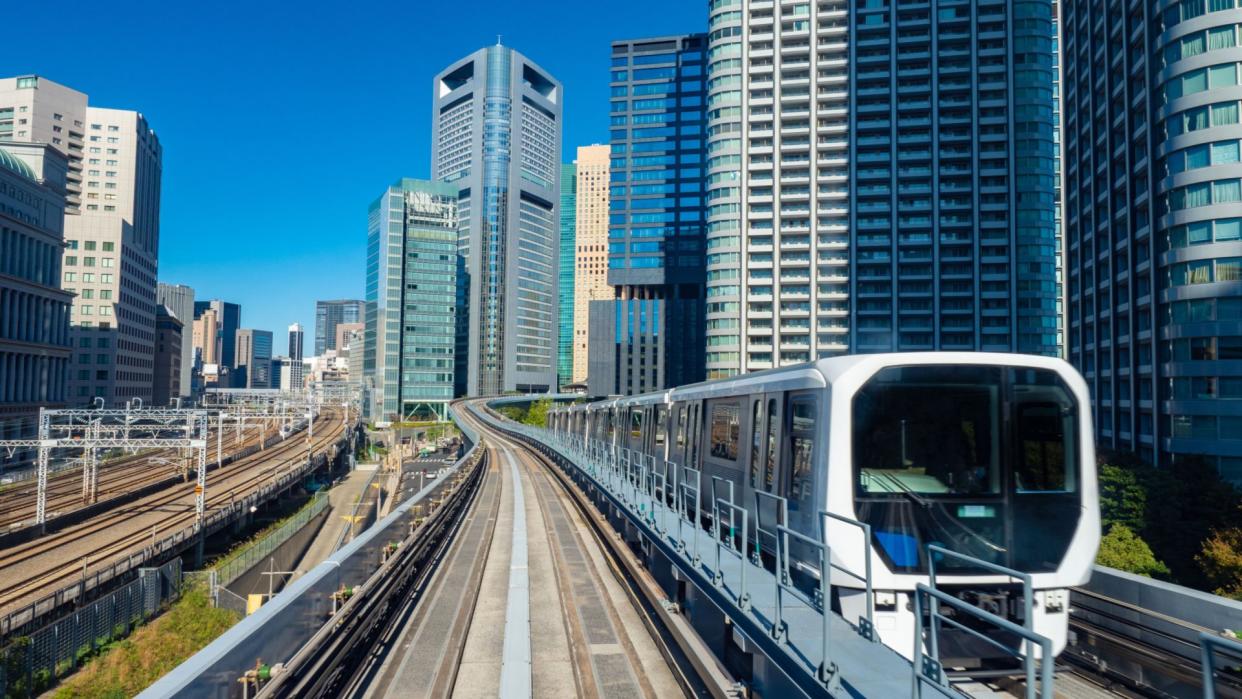
Navigating the Tokyo railway and train network can be daunting at first.
With careful planning and research, the railway system is the most convenient mode of transportation during your time in Japan.
This guide will help you understand the difference between the Japan Railway Lines (JR), Tokyo Metro, Toei Subway and other railway companies that operate in and around the metropolitan area.
Soon enough, getting around Tokyo by train will be no problem.
Tokyo’s Railway Network Explained
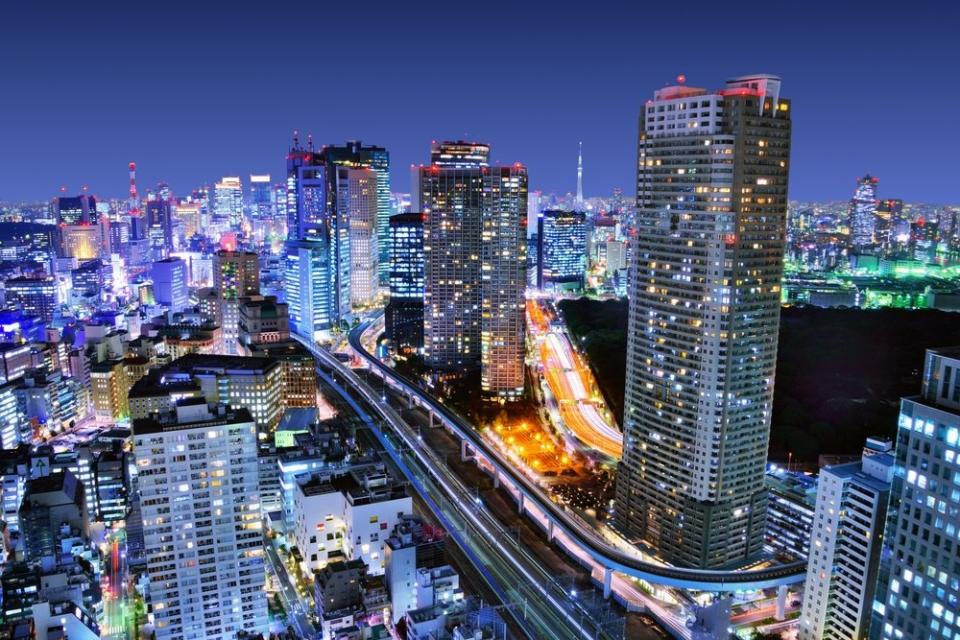
You will use the railway network in Japan to travel between and within urban areas. This means you will likely use a mix of surface and underground lines.
To get your head around everything, below is a summary of the different categories:
Japan Railway Lines (JR)
This group of companies operates the most extensive network of train lines in Japan.
These include high-speed bullet trains (Shinkansen) connecting major cities throughout Japan, regional trains and local commuter trains.
As a tourist, you can buy a Japan Rail Pass, which lets you purchase discount passes to travel around the country.
Tokyo’s Subway System
The subway system in Tokyo consists of underground and above-ground lines used by millions of commuters and tourists daily.
There are two companies, the Tokyo Metro, which operates nine lines and the Toei Subway consisting of four lines.
Unlike the JR Lines, these operate exclusively within the Tokyo metropolitan area.
Tokyo’s Monorail System
The Monorail System connects Tokyo’s Haneda Airport and the city’s central districts.
The Local Train takes 17 minutes from Haneda to the final destination of Hamamatsucho Station. On the other hand, the Haneda Express only takes 13 minutes between the two.
From Hamamatsucho Station, you can connect to the JR line to get you anywhere in Tokyo City.
Private Railway Companies
Nine private railway companies are primarily responsible for connecting residential areas to commercial and business districts.
JR System - The Surface Railway Network of Tokyo
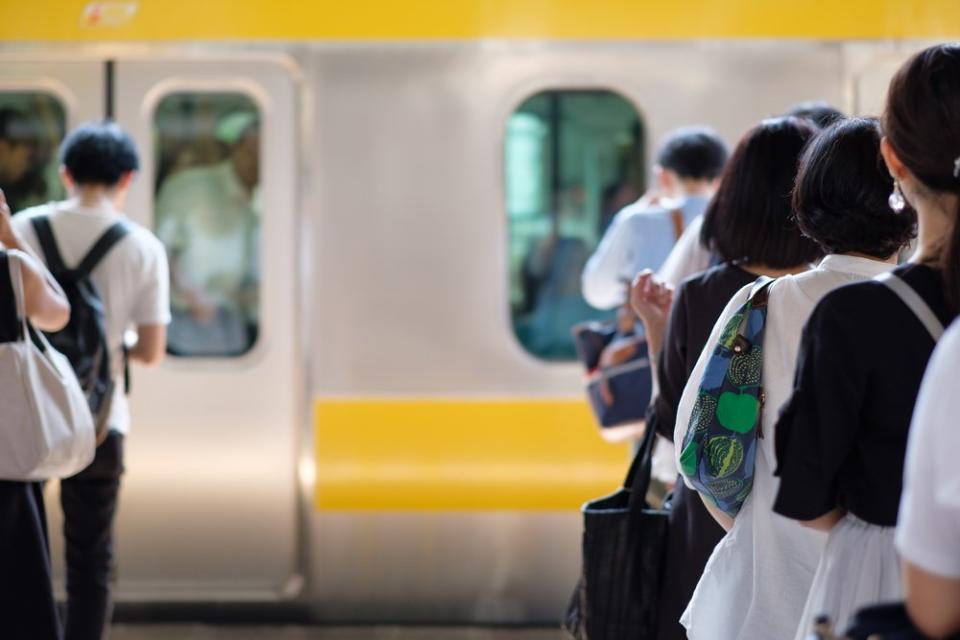
There are 36 lines run by JR in Tokyo.
This means there is a high probability you will travel on this extensive network during your time in Japan.
Below are the main JR lines:
Yamanote Line: Loops around the heart of the city
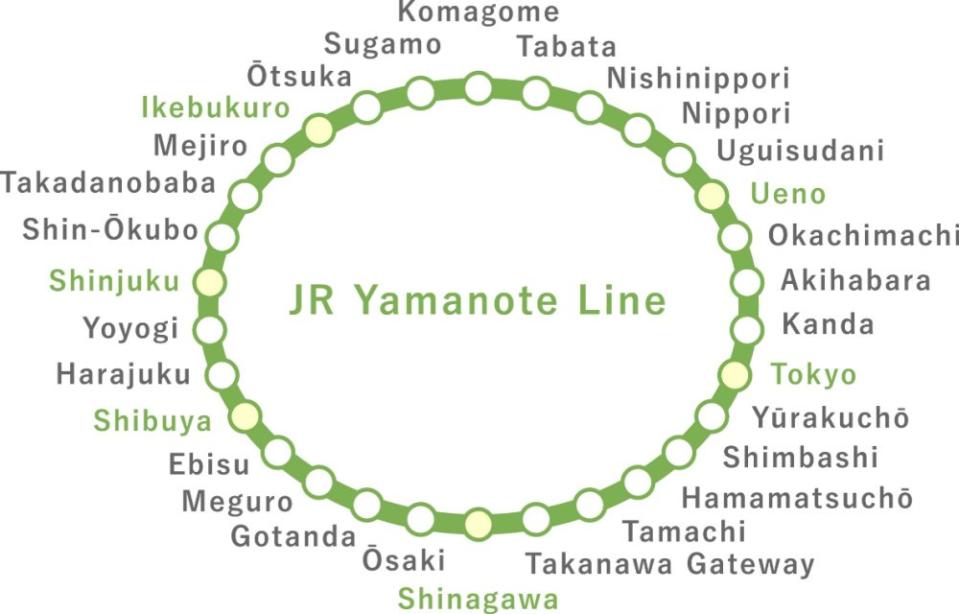
This is probably the most well-known as it loops around the city's core and connects many main stations, including Tokyo Station, Shinjuku Station, Ikebukuro Station and Shibuya Station.
It’s useful for visiting the Imperial Palace, Ueno Park, Shinjuku Gyoen and Harajuku.
Chuo Line: Rapid line connecting the east to the west of Tokyo
This line connects western Tokyo with eastern Tokyo. From Tokyo Station, the train passes through Shinjuku and onwards to Tachikawa, Hachioji and Takao stations.
Expert tip: It’s a rapid line, meaning it only stops at major stations and a few others.
Hop on board to visit the Imperial Palace, Kanda Shrine and/or Mt. Takao.
Chuo-Sobu Line: Local line connecting the east to the west of Tokyo
The difference between this line and the Chuo Line is that it stops at more stations. So yes, that means it will be a slower journey.
From Chiba Prefecture, it runs through areas such as the electronics district of Akihabara, the shopping and entertainment district of Shinjuku and the popular tourist destination of Kichijoji.
Keihin-Tohoku Line: Connecting the south of Tokyo to Saitama prefecture in the north
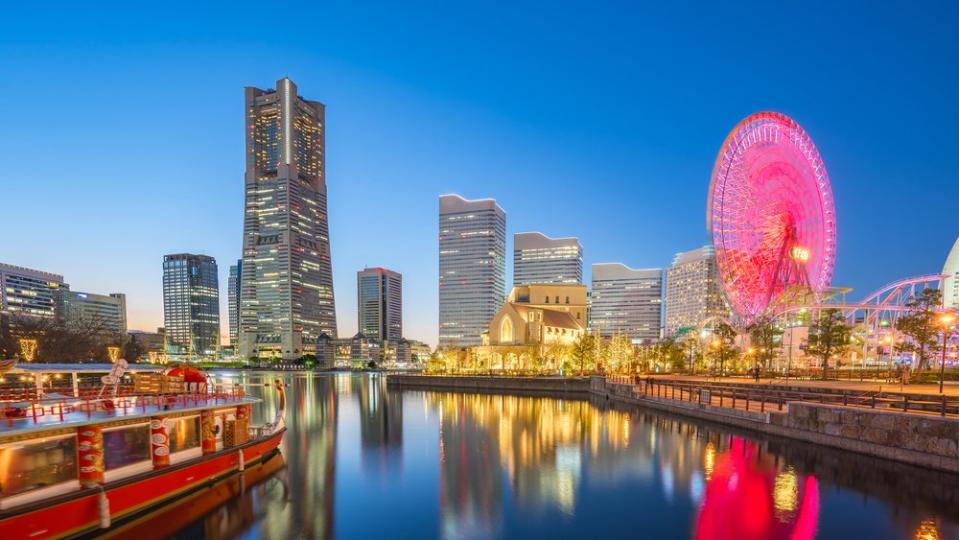
If you are heading from the north to south of Tokyo, this will be the line you will jump on.
It’s commonly used by commuters traveling to and from work as well as other tourists visiting popular areas such as Yokohama and Kawasaki.
It will only take 18 minutes from Tokyo to Yokohama on the Shinkansen.
The line finishes at Omiya Station in the Saitama Prefecture.
Shonan-Shinjuku Line: Express services between the south and north of Tokyo
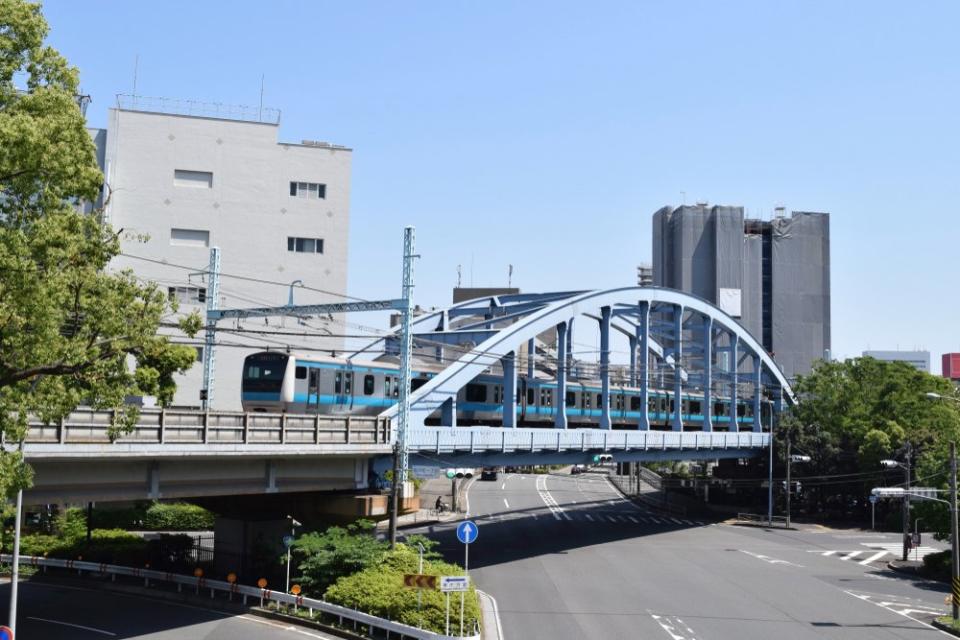
This line is helpful for day trips from the south to the north of Tokyo. The train only stops at major stations, so it’s great when you are short of time.
Starting in Yokohama, it runs through western Tokyo before connecting onwards to the north.
You’ll be using this line if you want to visit Zuxhi, Kamakura or Odawara. From Yokohama to Odawara, it will only take 16 minutes on the Shinkansen.
Keiyo Line: Connecting Tokyo Station to the Chiba Prefecture
This is your gateway to southern Chiba, including the Tokyo Disney Resort. With Disneyland and DisneySea, this will be a hotspot for those with young children.
As the line runs parallel to Tokyo Bay, you will also get scenic views on your journey.
Joban Line: Connecting Tokyo with the Tohoku Region
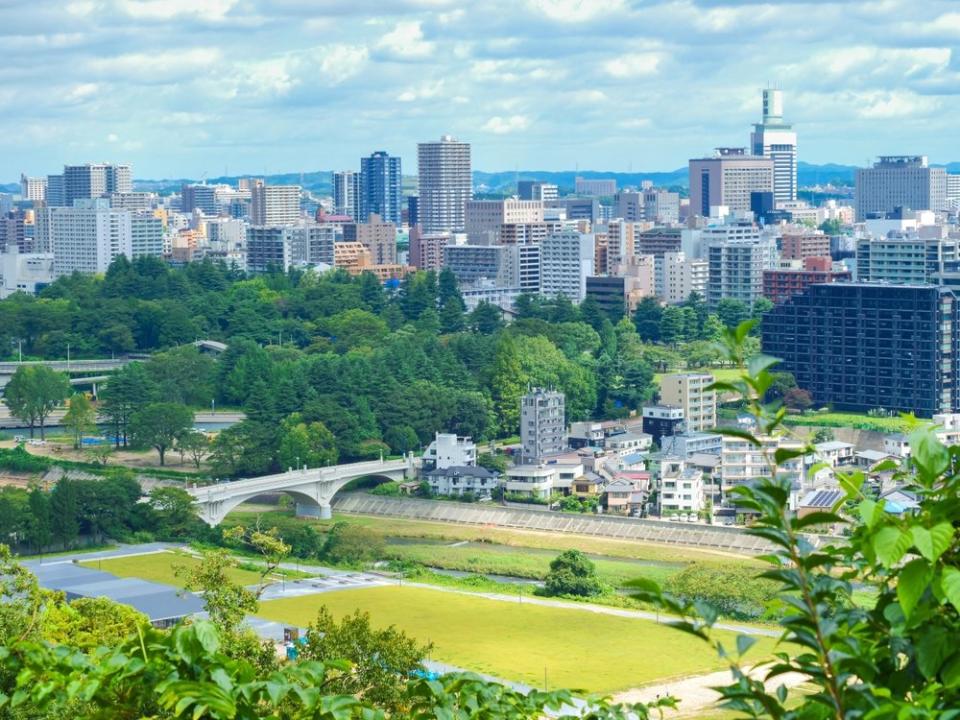
Running parallel to Japan’s Pacific Coast, this JR line links Tokyo with four prefectures located further north: Chiba, Ibaraki, Fukushima and Miyagi. The final stop is Sendai.
If you are heading up north, you’ll want to see if this JR Line is a good option, as the road traffic in Japan can be crazy.
While traveling by road can take over five hours, from Tokyo to Sendai, it will only take 2 hours and 18 minutes on this train line.
Narita Express: The gateway to Narita Airport
This line will be your best option on arrival at Narita Airport, particularly if you are staying around Tokyo Station, Shinjuku Station or Yokohama Station.
It’s a quick and easy way to get to and from the city.
Trains operate approximately every 30 minutes during peak hours and less frequently during off-peak times.
Tokyo’s Subway System - The Underground Railroad Network
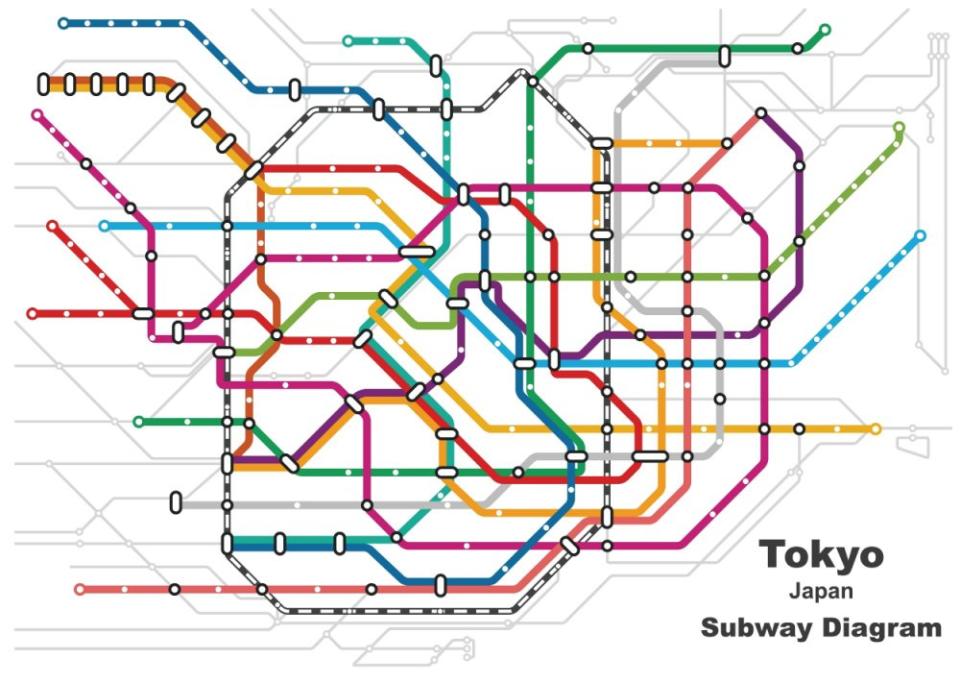
As mentioned, two companies are operating a network of 13 lines in Tokyo.
It’s one of the busiest and most extensive subway systems in the world!
So what is the difference between the two? Let’s find out.
Tokyo Metro
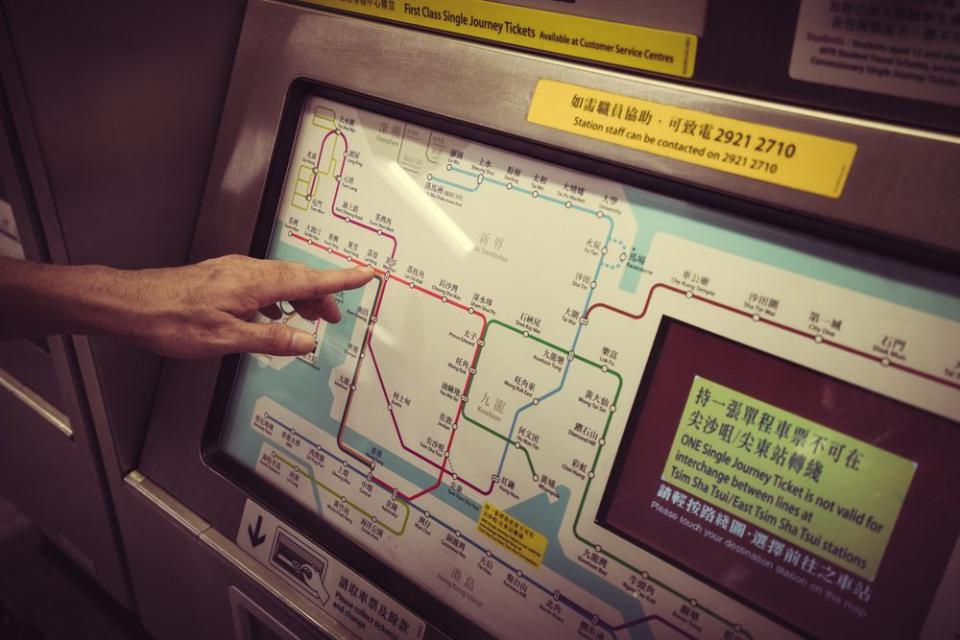
With nine subway lines, you can easily move around the Tokyo metropolitan area.
You can either buy a single ticket, day pass, or a rechargeable IC called a Suica or Pasmo, which are very useful for tourists as you can jump on and off easier.
Below is a list of the nine Tokyo Metro lines:
Ginza Line: Connecting the sightseeing areas to shopping districts
Are you a shopping lover? Then you will no doubt be heading to the area of Ginza.
This Metro line provides easy access to other areas of Tokyo, including Shibuya, Omotesando and Asakusa.
Hot tip: It’s one of the busiest Metro Lines, so if you don’t like crowds, use Google Maps to get from A to B. It will tell you how crowded the Metro is and which carriages are less busy.
Marunouchi Line: Provides a route between residential areas and business districts
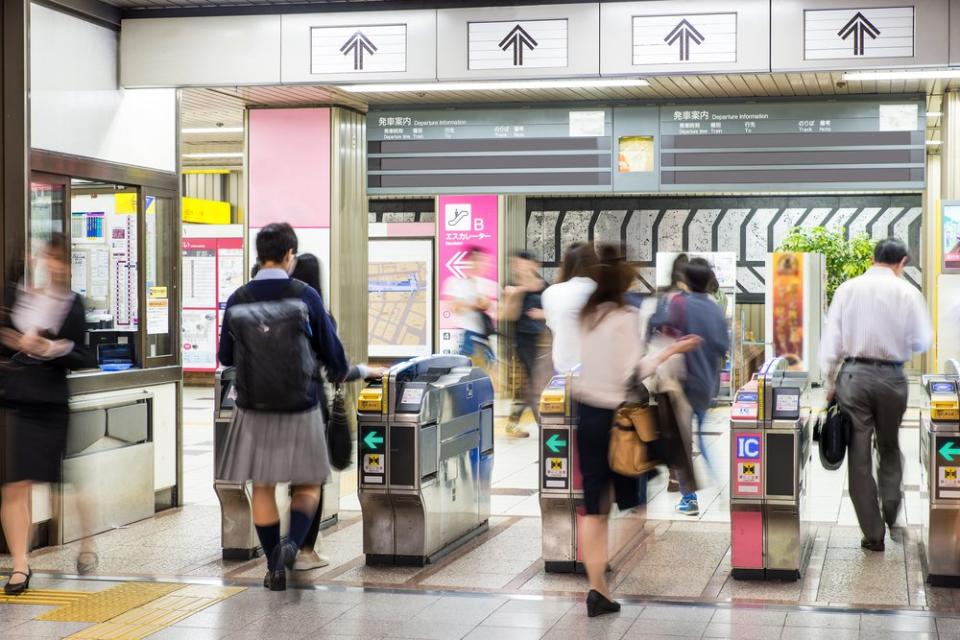
The line is particularly useful for commuters and residents who live in northern and western Tokyo. It connects to areas such as Shinjuku, Ginza and Tokyo Station.
As with most Metro lines, you can use this one to connect to several other Metro lines, JR Lines or Private Railway Lines.
Hibiya Line: Convenient connection between several major areas in Tokyo
Known for providing access to many of the city’s popular attractions like the shopping district of Ginza, the gaming district of Akihabara, Tsukiji Fish Market and The Imperial Palace.
Tozai Line: Connects east Tokyo to west Tokyo
From the east to west of Tokyo, this line passes through Otemachi, the heart of the City’s financial district.
If you are interested in learning about the history of Tokyo, then head to Nihonbashi, the historic district, and Monzennakacho, where you will find the Fukagawa Edo Museum.
These are both stations along the Tozai Line.
Namboku Line: Provides a route between north and southwestern Tokyo
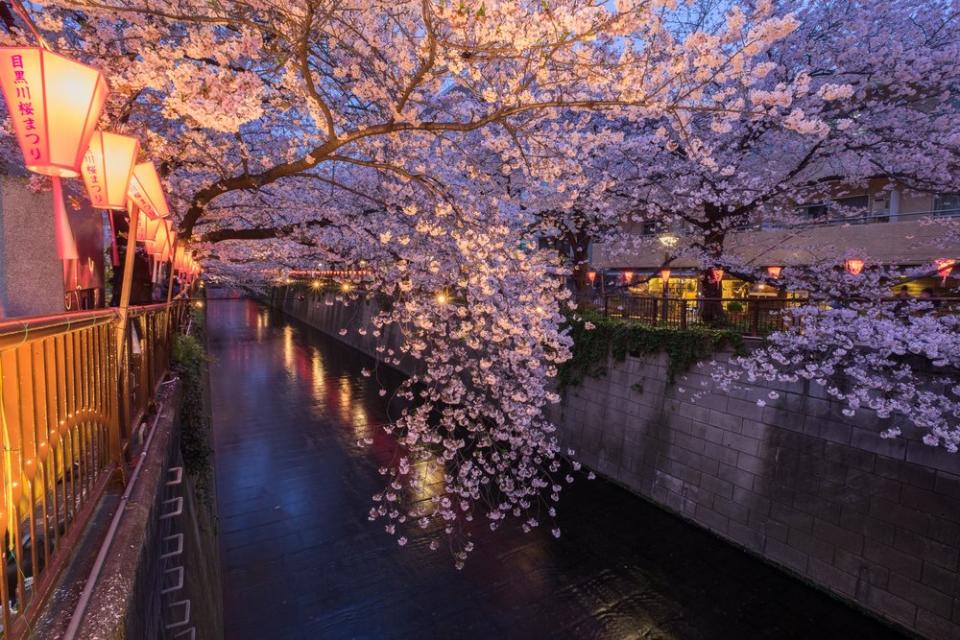
If you are visiting during the cherry blossom season, you will want to head to the area of Meguro. There are several parks and canals lined with blossoming flowers.
The 13 stops along this line travel from southwest Tokyo, through the central part of the city and onwards to the north.
Fukutoshin Line: Connects Saitama to the shopping and business districts
This line is commonly used by tourists heading to Omotesando, Shinjuku, Harajuku and Shibuya. These areas are known for their shopping, dining and entertainment options.
You can also continue on to the Saitama Prefecture.
Fun fact: This line is known for being one of Tokyo's most modern and technologically advanced subways due to its Automatic Train Control (ATC) and Platform Screen Doors (PSD). The latter prevents passengers from falling onto the tracks.
Chiyoda Line: From southwestern to northeastern Tokyo and the business districts in between
This line runs through some of Tokyo’s important government and business districts.
But that doesn’t mean you wouldn’t use the Chiyoda Line as a tourist. On the contrary, this makes getting to the Imperial Palace, Meiji Shrine, Yasukuni Shrine, Akihabara and the Shinjuku Gyoen National Garden easy.
Yurakucho Line: A route between Saitama and southeast Tokyo
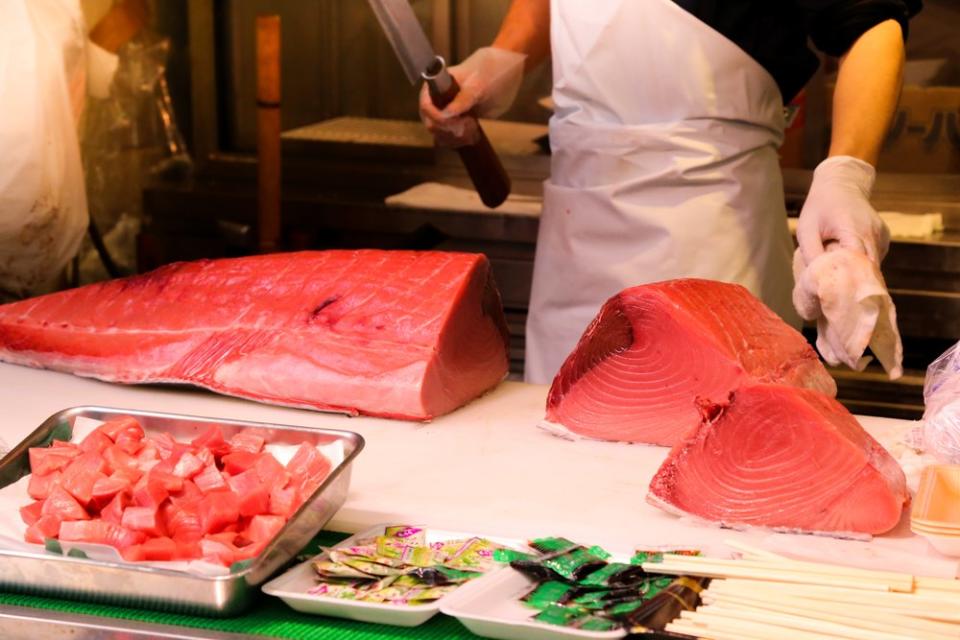
You may use this route between the northwest and southeast areas of Tokyo—particularly if you plan to head to Ginza, Ikebukuro or the Tsukiji Fish Market, all popular tourist attractions.
Hanzomon Line: Runs from Shibuya to northeastern Tokyo
Starting at Shibuya Station, you may find yourself on this line if you are heading to Omotesando and Aoyama, which are two fashionable areas in Tokyo.
The Tokyo Skytree is a popular place to visit near Oshiage Station. It should only take you a few minutes to walk there.
Toei Subway
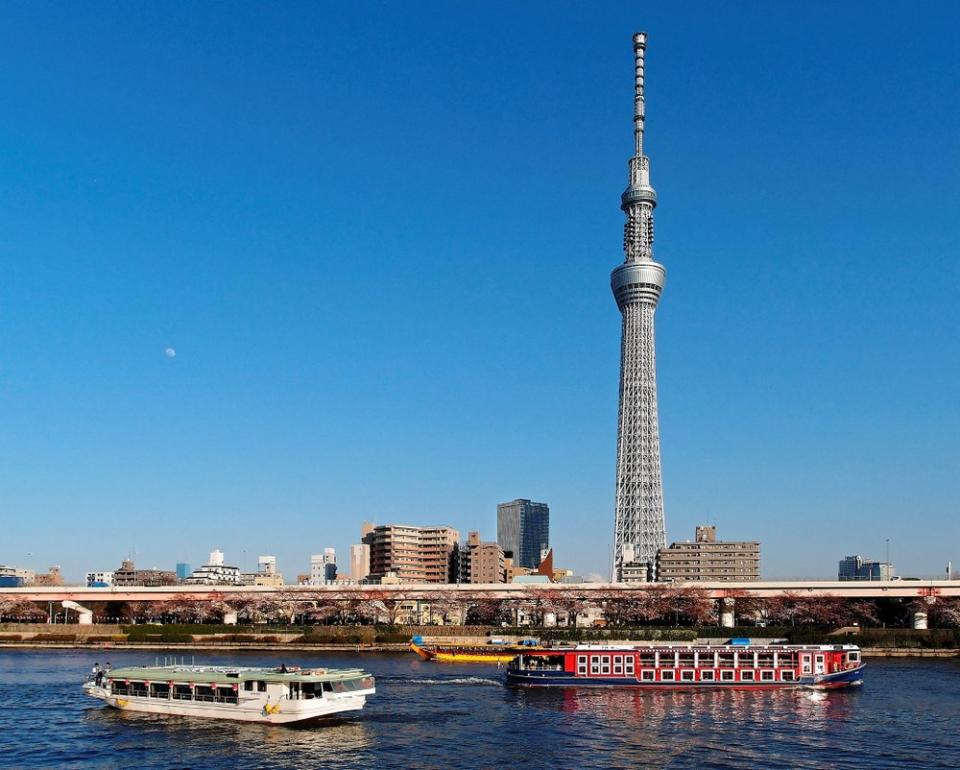
With four subway lines, the Toei Subway is operated by the Tokyo Metropolitan Government.
Even though both subway companies cover the central parts of the city, the Toei Subway is a method of transport in greater Tokyo, too.
Below is a list of the four subway lines:
Toei Asakusa Line: Connects to some of Tokyo’s most popular attractions
If you want to visit the Asakusa district, home to the famous Senso-ji Temple or the Tokyo Skytree, you may use this subway line.
The line runs in a northeastern direction, starting at Nishi-Magome Station in the Ota Ward and ending at Asakusa Station.
Toei Mita Line: Runs through several popular tourist areas
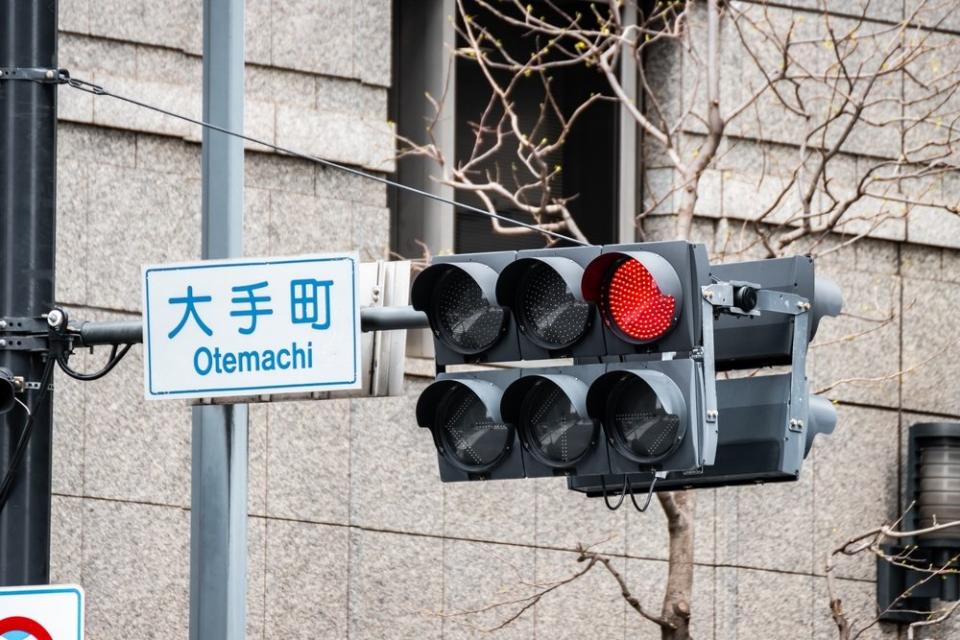
This subway line provides convenient access to Hibiya and Otemachi in inner Tokyo.
You may find yourself on this line if you are heading to the popular cherry blossom viewing spot next to Meguro Station.
Toei Shinjuku Line: A useful subway to get around the city
With 13 stations along the line, it connects with several other subway and train lines, including the JR Yamanote Line, the JR Chuo Line and the Tokyo Metro Marunouchi Line.
Of course, you will want to check out the Shinjuku area, which is this subway's starting point.
Toei Oedo Line: Great for sightseeing in retro downtown areas
Planning to check out the Tokyo Tower, the Tsukiji Market or the Edo Tokyo Museum? This is a useful line that will help you to get to those attractions.
Fun fact: This is the only subway line in Tokyo that operates 24 hours a day. So keep this in mind if you plan to explore Tokyo’s nightlife.
Tokyo Monorail System - One Line Above Ground
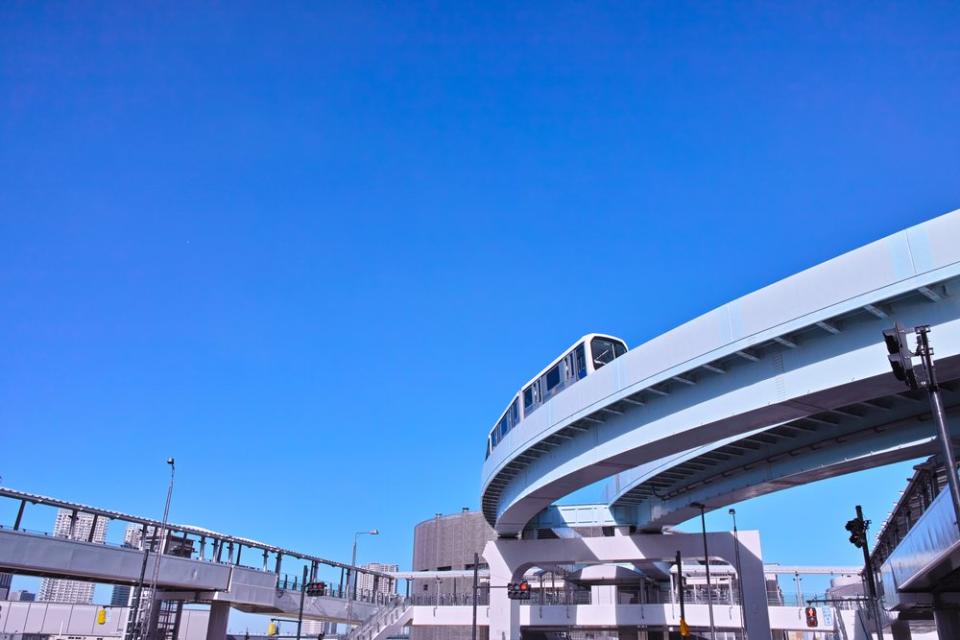
Only one monorail line takes you from Haneda Airport to Hamamatsusho Station, located in central Tokyo.
It’s the easiest way to travel from the airport to the city.
You may think it sounds like a hassle to board a monorail with all your luggage, especially if you are traveling with children. But it’s key to mention that it will only take you approximately 13 minutes from Haneda Airport to Hamamatsucho Station.
Getting stuck in peak-hour traffic in Tokyo can be a nightmare.
As well, you will have epic views of the city from above.
Once you get to Hamamatsucho Station, you can either take a taxi to where you are staying or transfer to other train lines.
Private Railway Companies - Variety of Underground and Above-Ground Trains
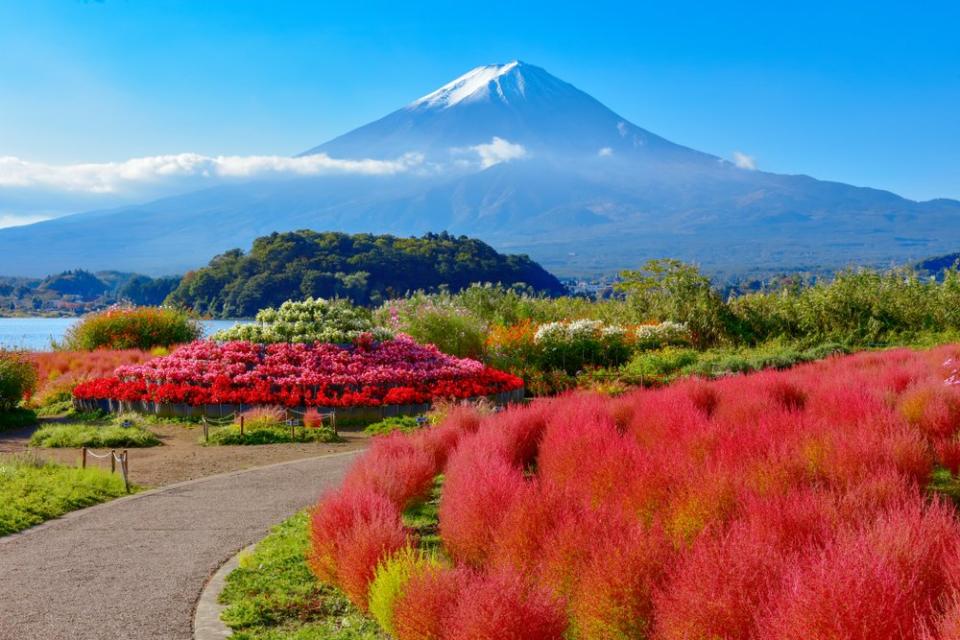
Keio Railway: Connecting you to Mt. Takao
Do you know the name of one of Tokyo’s most visited mountains? It is Mt. Takao which is located in Hachioji City.
This line will provide you direct access to Takaosanguchi Station, the starting point for most of the hiking trails up the mountain.
Odakyu Electric Railway: Great for day trips to Hakone
This company operates three lines which all leave from Shinjuku Station. It’s a popular line for those heading to the area of Hakone and Lake Kawaguchi, which is near Mt Fuji.
Looking for a day trip? Hakone is known for its hot springs, scenic views and outdoor activities such as hiking and boating.
Tobu Railway: Convenient access to Tokyo’s east
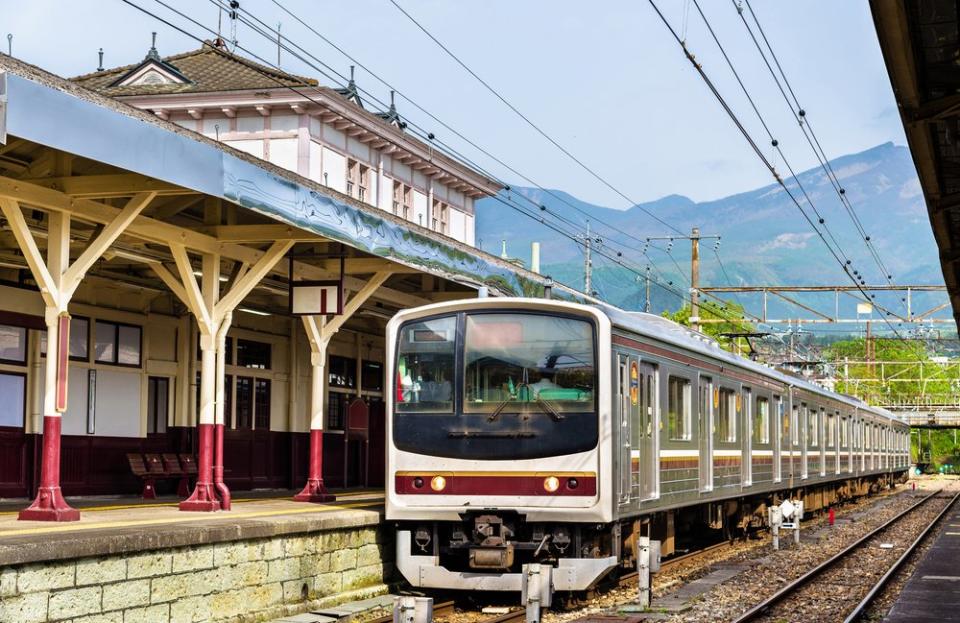
This line is mostly used by locals who commute to and from Nikko, Kawagoe (in Saitama) and Utsunomiya (in Tochigi).
If you are traveling with children, you may want to head to Tobu Zoo, which is also along this line.
Seibu Railway: Servicing the western parts of Tokyo
If you plan to visit the tradition-rich Chichibu or Kawagoe areas in the Saitama Prefecture, then you may find yourself on this line.
You also may be lucky enough to get on one of their uniquely designed trains, such as the Hello Kitty one.
Keisei Electric Railway: Useful for your arrival at Narita Airport
This is the only railway directly connecting Narita Airport to Haneda Airport—useful if you have to transfer.
You can also travel from Narita Airport to Ueno Station in central Tokyo. This will take you approximately 40 minutes.
Or if you are staying at Tokyo Disney Resort, this is one of the stops from Narita Airport.
Keikyu Line: Helpful when arriving at Haneda Airport
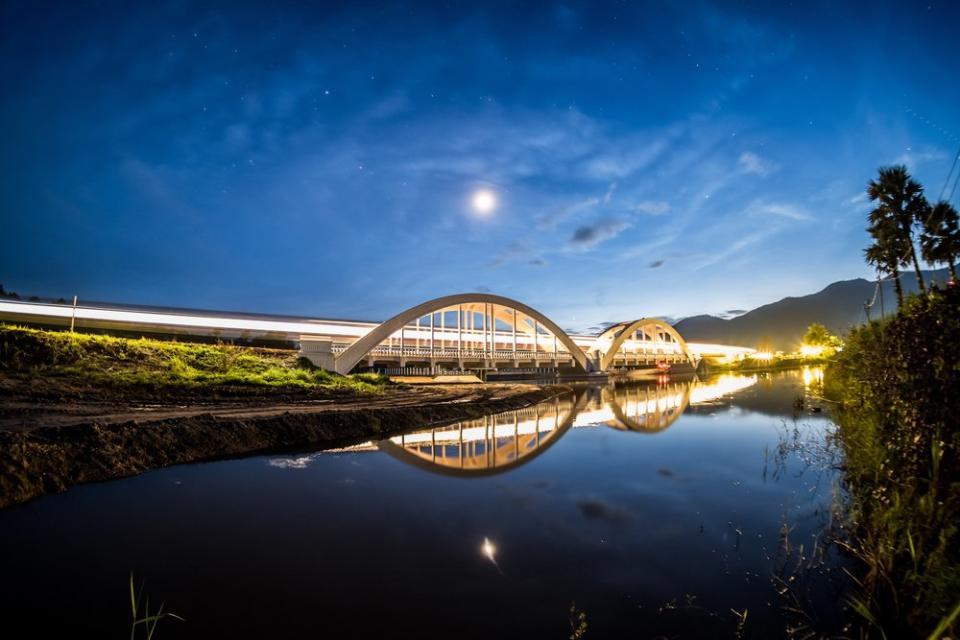
This is a convenient option for travelers arriving at Haneda Airport. From there, you can jump on the Keikyu Line, which will take you to Shinagawa or Hamamatsucho.
These are both major transportation hubs in Tokyo.
Tokyu Lines: For the night owls
With many lines operating later at night, this is a massive help for tourists exploring Tokyo’s nightlife.
There are many stops along the way, including Shibuya, Daikanyama, Jiyugaoka and Yokohama.
Rinkai Line: Servicing the Tokyo waterfront area
You may find yourself on this line if you are exploring the Tokyo waterfront area.
Some places of interest near the stations are Tokyo Big Sight, the largest convention site in Japan, as well as Odaiba, a man-made island in Tokyo Bay.
You can also use this line to access Tokyo Disneyland and DisneySea.
Yurikamome Line: For a scenic journey in Tokyo
If you are tired of walking but still want to see as much of Tokyo as possible, consider taking a casual ride on the Yurikamome Line.
You’ll get to see Tokyo Bay and Rainbow Bridge.
Fun fact: The line is fully automated and driverless. But don’t let that worry you!
Navigating the Tokyo Railway and Train Network
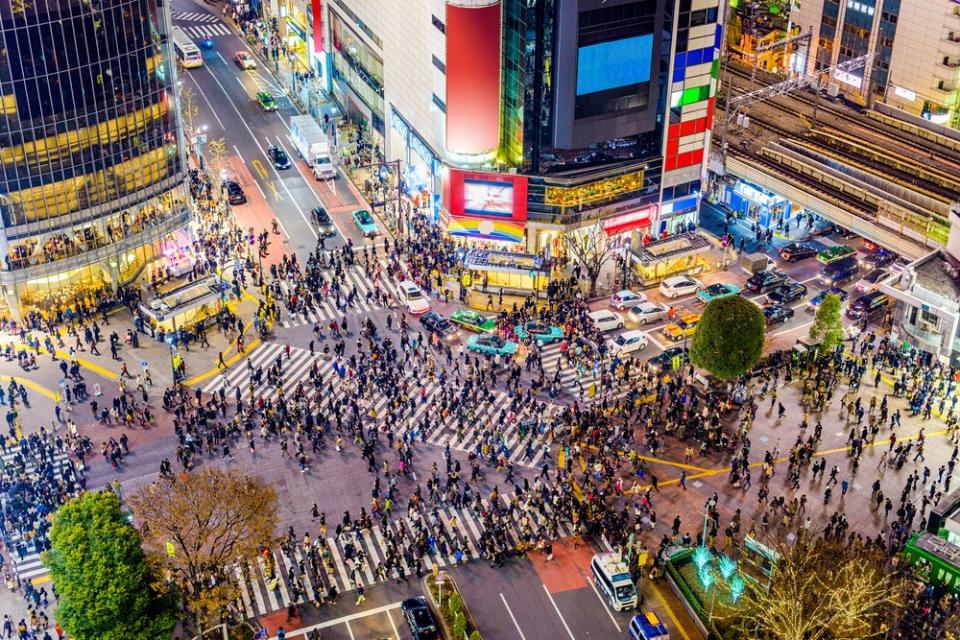
With Japan’s railway system explained, it’s time to work out how to use the Tokyo subway system.
It can seem daunting at first. Don’t stress. By the end of your trip, it will seem simple.
Step #1: Download Google Maps. Once you put in your destination, it will tell you exactly which railway and train network you need to take.
Step #2: Buy a Suica or Pasmo Card, both usable on the JR Line, Monorail and Subway. These are rechargeable and can be used to pay for train and subway fares and buses. You will find ticket machines at the train stations.
Step #3: Follow the signs. Once you are in the station, look for the name or color of the line you are taking. Google Maps will also show you the color to make your life easier.
Step #4: Read the map on the platform. As the lines travel in two directions, you must ensure you get on the right one. At the platform, a diagram will indicate which stations it will be stopping at.
Weather in Tokyo
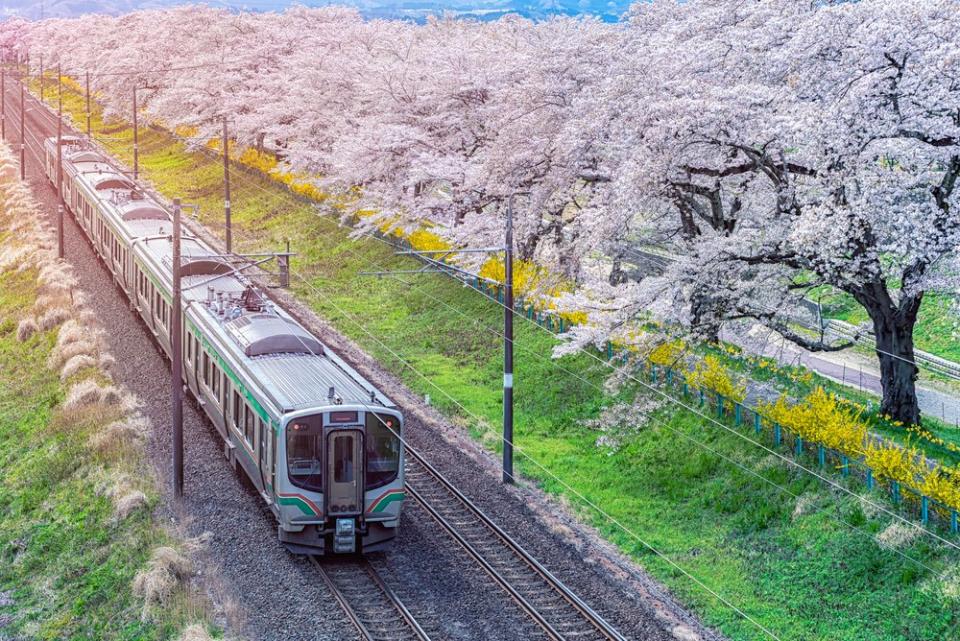
If you are studying up on the Tokyo railway and train network, then it sounds like you have a trip planned. How exciting!
When it comes to the weather, there are four distinct seasons.
From March to May, it is spring in Tokyo. It also happens to be one of the busiest times of the year, with the famous Cherry Blossom festival taking place. Expect temperatures of 10°C (50°F) to 20°C (68°F).
Summer falls from June to August. It can be hot and humid, with temperatures ranging from 20°C (68°F) to 30°C (86°F). The warm conditions, however, also bring heavy rainfall, particularly during July and August.
From September to November, autumn comes into action. It’s a popular time of the year due to the foliage season. Temperatures drop after summer—days range from 10°C (50°F) to 20°C (68°F).
If you visit between December and February, it’s wintertime in Tokyo. While it usually doesn’t snow in Tokyo, it will be chilly. Expect temperatures of 0°C (32°F) to 10°C (50°F).
While you may base yourself in Tokyo, there are some incredible Snow Festivals in the neighboring prefectures during winter.
Packing List Essentials for Tokyo
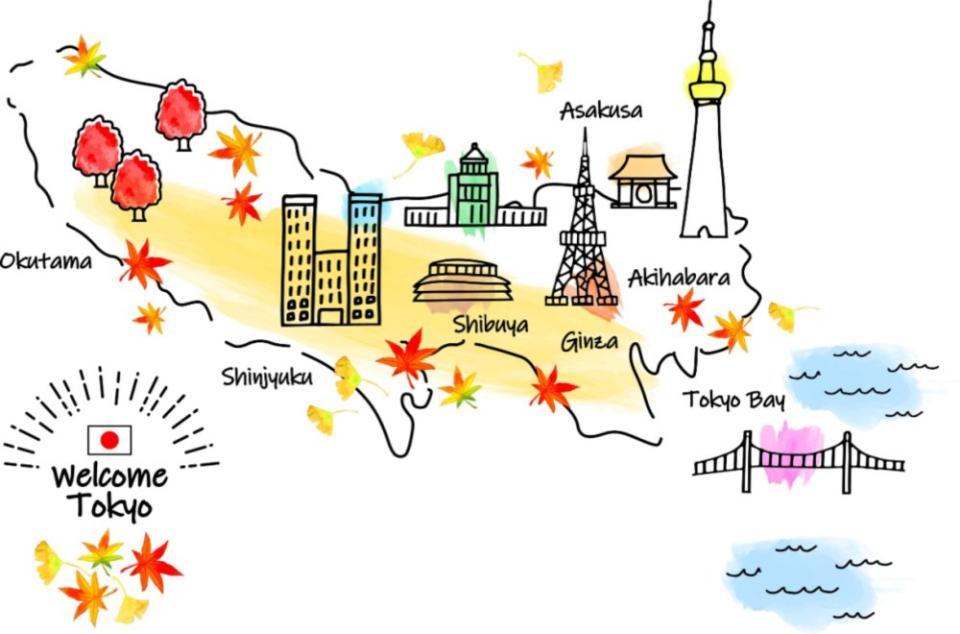
What to bring on your trip to Japan will depend on the time of the year you are visiting.
During summer, you can forget the down jackets, beanies and gloves, but during the winter months, you will need these items.
Below are a few things you should bring, no matter what time of the year you are visiting:
Comfortable shoes: even though the railway and train network will help you get around, you will most certainly be doing a lot of walking.
A backpack: if you are heading out for a few hours, carrying a small bag on your shoulder can get tiring. A backpack is a much more comfortable option.
Travel adapters: this is an essential item that is easily forgotten. You should make sure you can charge all your appliances throughout the trip.
Pocket wifi device: as you can probably tell by now, getting around Japan without Google Maps is tricky. You will want to be able to access wifi outside of your hotel so you don’t get lost.
Google Translate: while it’s not an item you must pack, download it before your trip. It will make ordering in a restaurant easier, and you can ask for help if you get lost.
How to get to Tokyo
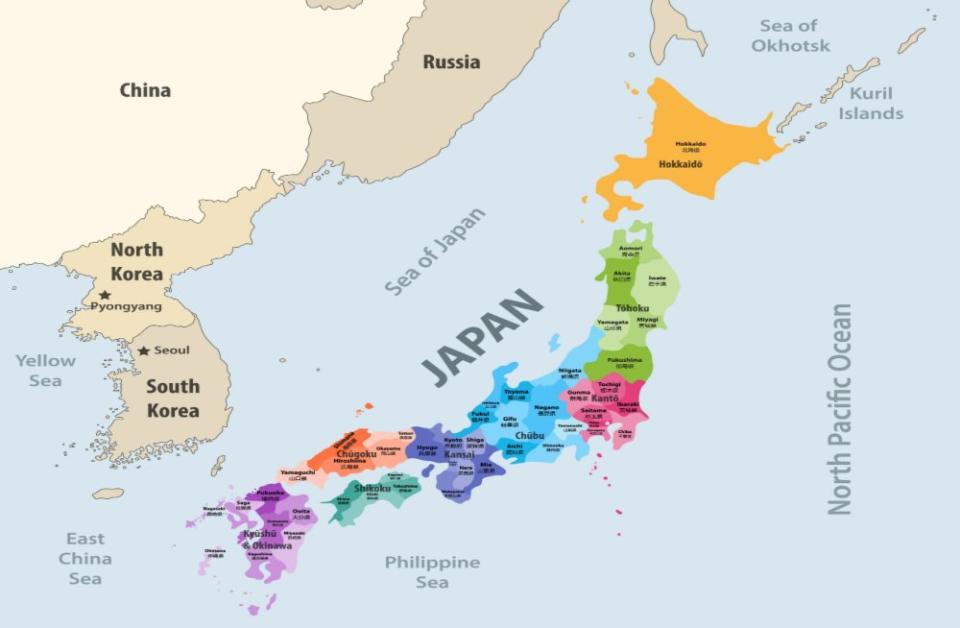
With two international airports to choose from, arriving in this dynamic city has never been easier.
Haneda Airport is the closest to the city as it only takes 13 minutes on the Express Monorail to get to Hamamatsucho Station.
From there, you can transfer to other train lines which service the central area of Tokyo.
Narita Airport is located a bit further out from the city.
You can take the Narita Express subway, which takes approximately 60 minutes. Otherwise, the Keisei Railway can get you to Ueno Station in 40 minutes.
If you are arriving from Kyoto to Tokyo, jump on the JR Line, which will take 2 hours and 15 minutes to Tokyo Station.
Or if you are traveling from Osaka to Tokyo, it will only take 2 hours and 30 minutes.
The final piece of advice...
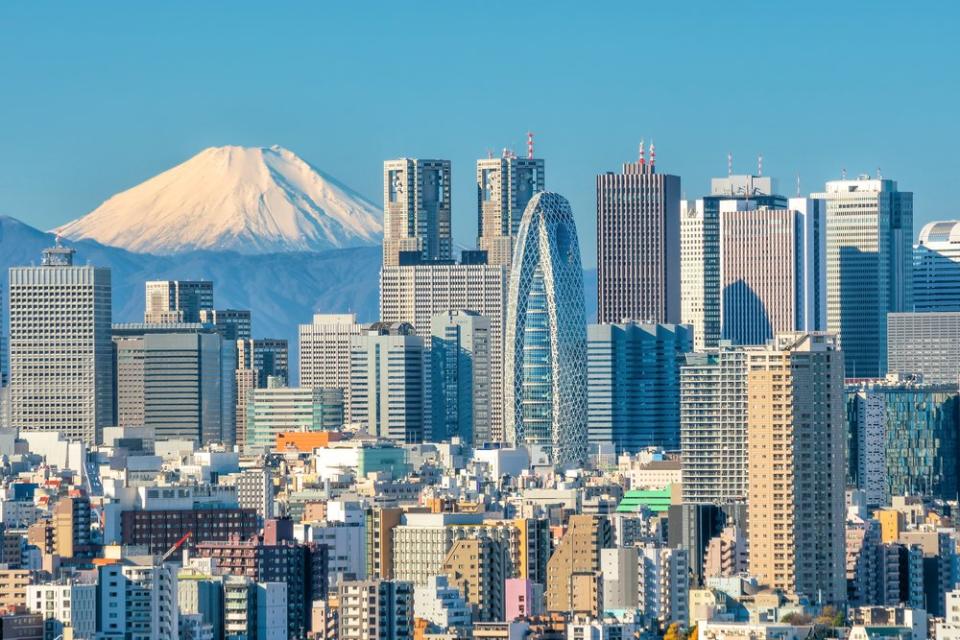
The Japanese are extremely friendly, so if you ever feel lost on the Tokyo railway and train network, just ask someone. Most likely, they will even walk you to the platform you need to be at.
FAQ
What is the Tokyo train system called?
There are four different train systems: JR Line, Tokyo’s Subway System, Tokyo’s Monorail System as well as nine private railway companies.
How many train systems are there in Tokyo?
You’ll find five types of trains, the Shinkansen (bullet trains), limited express trains, express trains, rapid trains and local trains.
What is the difference between Tokyo Metro and Toei Subway?
Mainly that they are operated by different companies.
The post A Simple Guide to the Tokyo Railway and Train Network appeared first on Bookaway.

